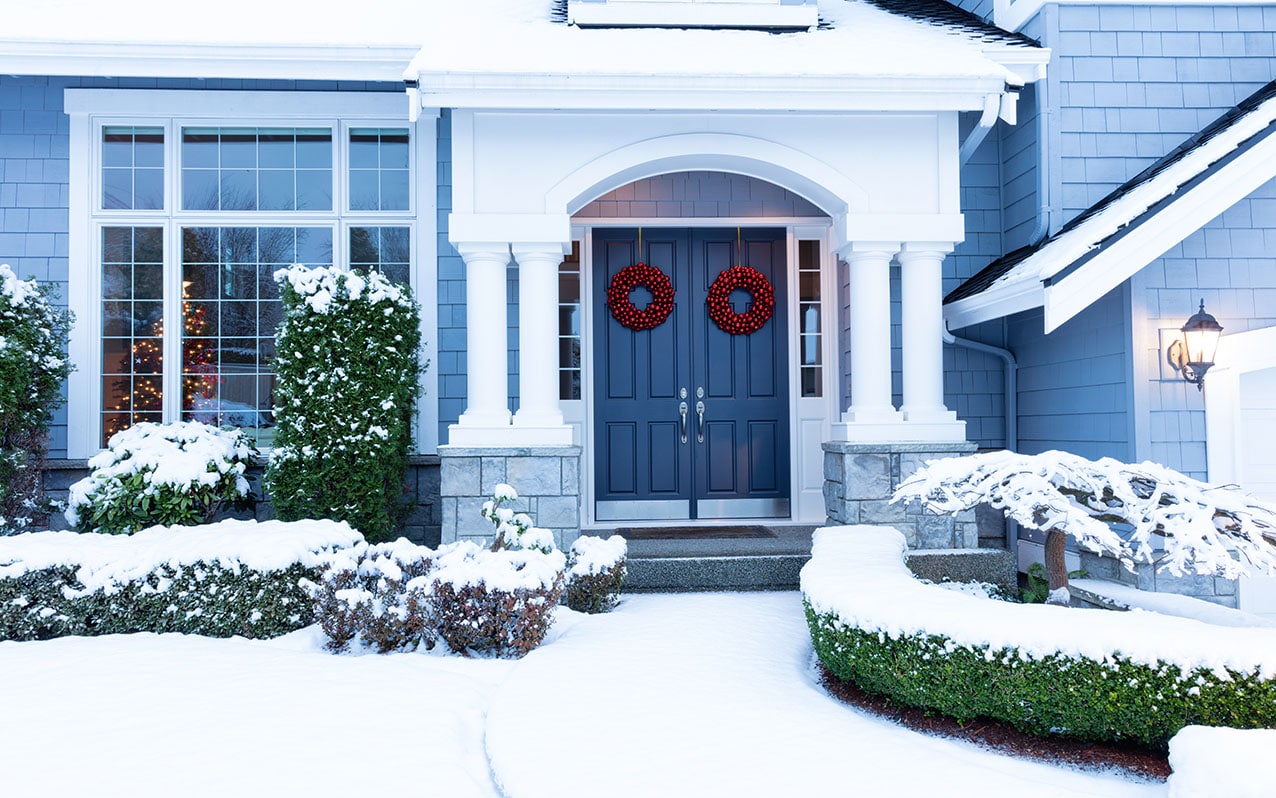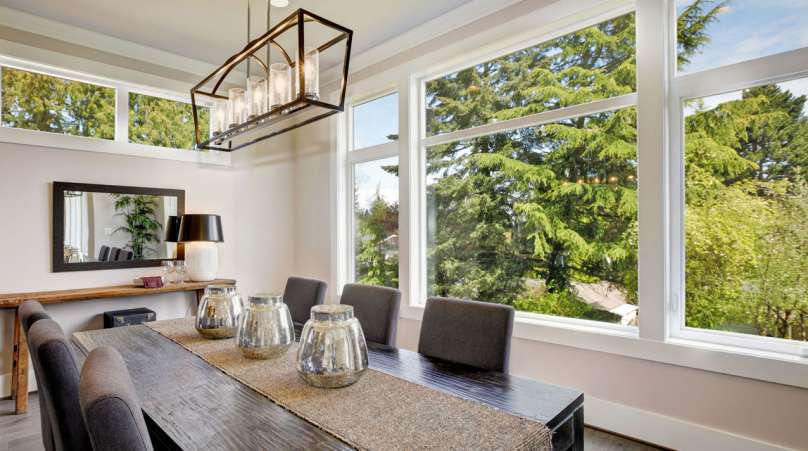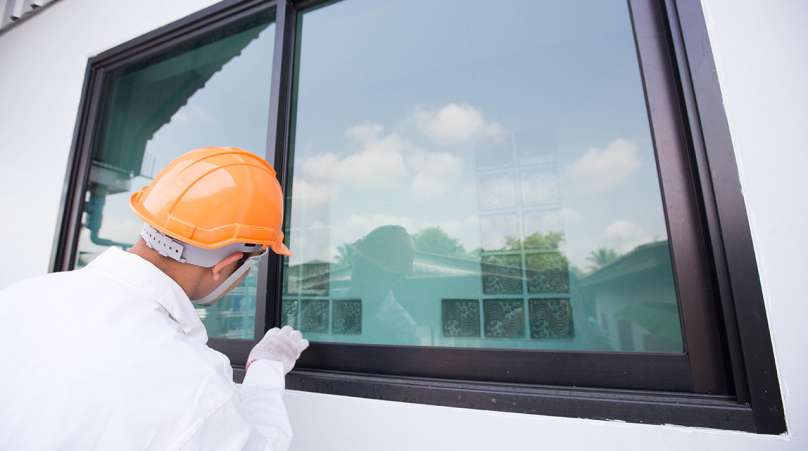
3 Ways To Prepare Your Home For Winter
Fall is a wonderful time of year for appreciating the changing color of leaves, for going apple-picking, and for enjoying the clear, crisp air of the season. However, while you’re appreciating all the benefits of autumn, you should be thinking about how to prepare your residence for winter as well. Anyone who has lived in the northern climates knows the kind of damage that ice, snow, and strong winds can do to a home. That means it’s essential to take some steps to prepare against those adverse weather conditions, so your home makes it through winter intact.
Insulate your windows
Any drafts or leaks you may have around your window frames will allow cold air to penetrate the interior. That means your heating system will have to work harder to maintain a comfortable temperature, and that will have a corresponding impact on your utility bills. You can insulate your windows by installing some weather-stripping, by using shrink film around the window frame itself, and by simply applying clear nail polish to any visible cracks. Since windows are one of the most vulnerable areas of your household, you should pay special attention to preparing them for the coming cold season.
Inspect your fireplace
Prior to the onset of winter, it’s a good idea to conduct a visual inspection inside the home as well as outside to make sure that your fireplace is ready for the season where it will be most often used. When you are inspecting the exterior of your fireplace, check for the following conditions:
- no bird nests or debris buildup on top of the fireplace
- no tree limbs are situated near the chimney or above it
- your chimney is intact and in good shape
- the flue liner is clearly visible above the crown of the chimney
- your chimney sits flush on the roof and shows no signs of leaning to either side
- roof flashing is tight and secure in the area around the chimney
- the mortar and bricks of the chimney are all in place, and show no signs of crumbling.
Inside the home, you should make a point of checking for all the following:
- the fireplace, the hearth, and the firebox itself have no cracked or crumbling bricks, and there is no mortar missing between bricks
- no combustible materials are in the flue, especially animal nests
- your flue damper has proper functionality when opening, closing, and sealing.
Check your roof
The last thing you’d want to discover during winter is that you have a leaky roof after that first snowfall happens. By inspecting your roof ahead of time, you should find any potential issues and have time to fix them. Look for these defects in your roofing system:
- cracked or worn rubber boots surrounding your vent pipes
- shingles which are blistering, curling, or buckling
- cracked caulk on the flashing
- rust spots on the flashing
- shingles which are either cracked, broken, or missing
- clusters of lichen or moss, which might be a sign of deterioration underneath.
If you spot anything like a number of missing shingles, you’re probably better off to have a professional do the repairs, unless you’re very comfortable with working on your rooftop. By preparing your household for the coming cold season, you may ward off a number of problems that could occur if you don’t recognize them beforehand and somehow manage them.




